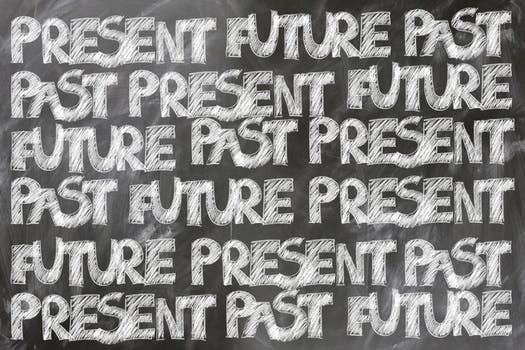 Written by: Dr. Thyonne Gordon
Written by: Dr. Thyonne Gordon
Beyond Story Consulting
AABLI alumna, Class #3
Sustainability is the current hot topic in Social Profit (nonprofit) circles. But is it fully understood? I think not. Why? Because leaders in the 501c3 or Social Profit arena tend not to see its full spectrum. They think sustainability means merely finding ways to extend and diversify the financial resources that keep their organizations afloat.
There is, however, so much more to it. From my perspective, sustainability involves leadership in the form of succession planning, strategic planning and program adaptability.
Make sure your board members understand these more complex views of sustainability. To get them on track, try the following five steps.
1. Plan sustainability. When you make sustainability a priority, planning must become an integral part of your organization’s everyday survival. Ask if your programs will fit within the future of the community you serve. If, for example, you have a learning center for game development that uses virtual reality, have you also anticipated tomorrow’s gaming standards of augmented and mixed realities? Plan ahead; make sure you don’t look up and find your programs have become outdated.
Include your board members in this planning process. Get them to clarify not only the “who we are” of the organization but the “who we plan to be.” When your mission and vision statements are in alignment, you and your board will have woven sustainability into your organization’s DNA.
2. Create a theory of change. In life, change is the only constant. Your efforts at sustainability are no exception, so you must let your board know you’re looking into the future. Let them in on what you see. The board should work hand in glove with the management team in creating your plan for the future.
Subscribing to a theory of change means you frequently revisit your mission and vision statements, assessing your organization’s value to the community through the lens of change. Ultimately, you will be able to see how your Social Profit is turning your resources– money, volunteers and materials–into positive change for the community.
3. Develop an action plan. Theories are great; putting them into practice is golden. Once you are clear on the organization’s “who we are,” let your team –and the world– know how you plan to keep going, how you will implement your theory of change with a wall-to-wall strategic plan for each part of your organization.
Define action steps for your program’s progression and marketing, breaking the marketing into 1) a plan for the community served and 2) a plan for donors. You may well need a third marketing strategy for constituents you identify along the way. Break down your financials and budgets as well.
4. Effectively use resources. Using resources wisely begins with knowing what resources you need. What technology will it take to push your plan forward? Which team players will be needed? What finances will make the plan work? How will the cost of living impact your plan? You will have to take a hard look at the nuts and bolts of your plan– not a ‘band-aid’ or ‘pie in the sky’ view, but an honest assessment based on projections and trends. Finally, how will you acquire the resources you’ll need? How to put them to use? Knowing what you need and how you will use resources will produce wiser decisions about their sustainability.
5. Attract the right people. People are the main resource in the Social Profit organization. They are crucial to its sustainability. When people align with your core competencies and mission, they project the authentic conviction that brings in funding and structure. This means that staff, board, vendors, customers, donors and constituents must be educated about the goal of sustainability. The board should lead this process at every point. Each board member must be be able to read financial reports and program stats. They should put in place succession plans. They should be able to plan for contingencies. Your staff team, too, should understand the operations and finances of the organization. To that end, few inducements work as well as mandates from the board.
When people are aware of what you do and are truly interested, you are attracting the right fit for your sustainability plan. Don’t chase after potential board members or donors who may not “get” your objectives. Be strategic about whom you invite into your world.
How to get your board members on board with sustainability? As an executive director, you must take the charge to them. Once the idea is accepted, create a culture of sustainability that supports the organization’s business model and understands financial literacy, program parameters and operations acumen. Rename committees and programs to reflect that culture (i.e. Finance & Sustainability Committee instead of Finance Committee). Include sustainability learning in meetings and throughout your literature. And always be transparent about where you are, where you’re headed and what it will take to get there. You want everyone on board for the long haul.
For more Nonprofit Biz information, visit www.drthyonne.com or email her at doctg@beyondstory.com
This blog is not written by aabli.org or The African American Board Leadership Institute. The author is solely responsible for the content.






